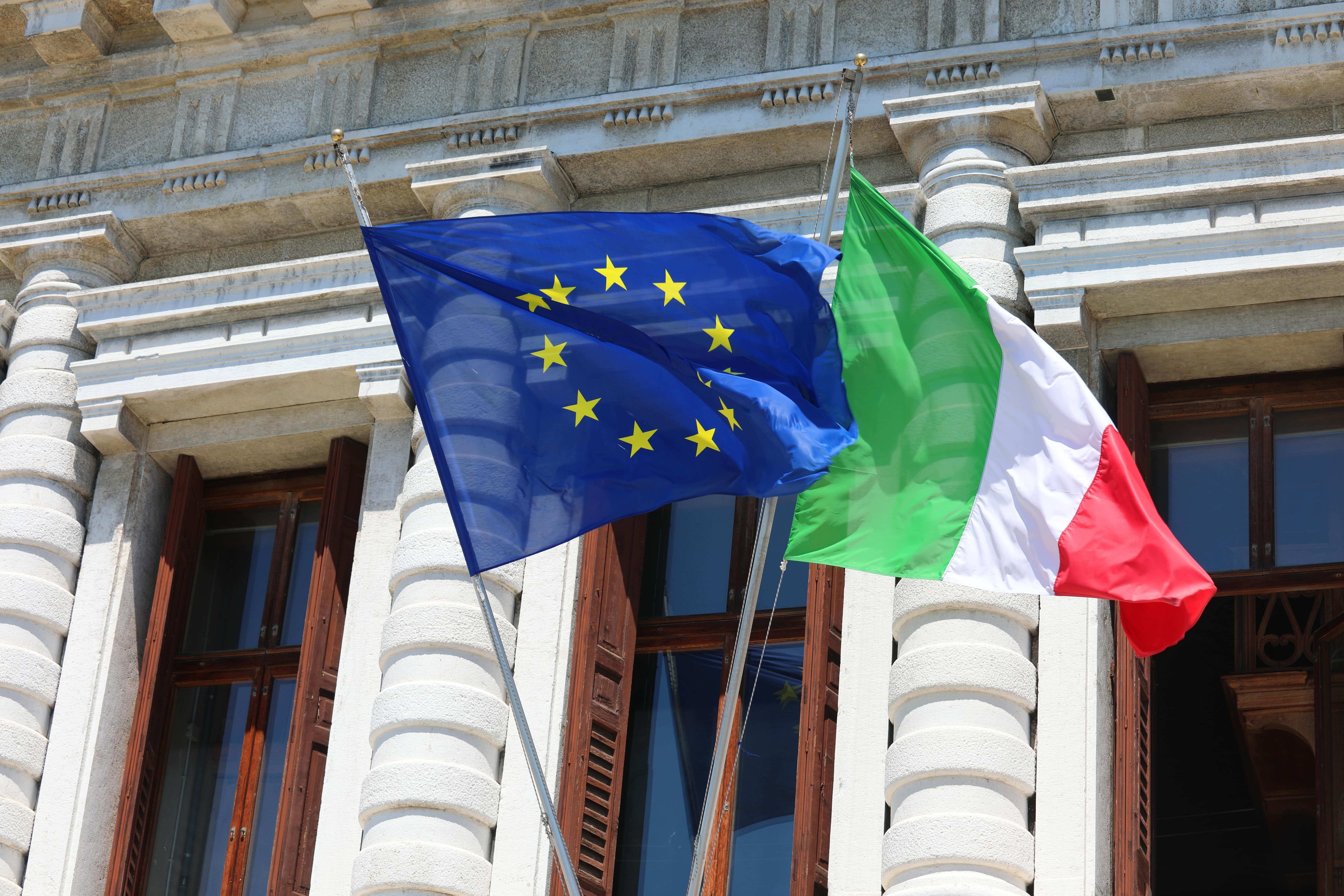Record high inflation, a weakening growth outlook and political issues in Italy have created the most challenging market environment for the European Central Bank (ECB) since the eurozone sovereign debt crisis a decade ago.
Last Thursday, the ECB raised interest rates for the first time since 2011 by 50 basis points (bps) in a bid to counteract skyrocketing eurozone inflation which hit a euro-era record high of 8.6% in June, subsequently ending eight years of negative rates across the eurozone.
“We expect inflation to remain undesirably high for some time,” President Christine Lagarde said following the decision.
The central bank also introduced an anti-fragmentation backstop – the Transmission Protection Instrument – which allows it to purchase an unlimited amount of a country’s bonds in order to “counter unwarranted disorderly market dynamics”.
While the ECB said it has no intention to employ the TPI, it is a measure that looks to provide more protection to the bond yields of ‘peripheral’ nations such as Italy and Greece which risk widening significantly to German bunds if Europe falls into a recession.
Traders reacted to the hike and new initiative with scepticism, however, as the Italy-Germany 10-year bond yield spread widened by 20bps to 230bps on Thursday, close to the four-year high set in June, according to data from Bloomberg.
The hike came hours after Italy’s Prime Minister Mario Draghi handed his resignation into President Sergio Mattarella after he lost the support of the Five Star Movement, Silvio Berlusconi’s Forza Italia and Matteo Salvini’s far-right League party coalition.
With this, parliament has been dissolved and Mattarella plans to call a snap election which is likely to be set for October.
“The ECB possibly has the most difficult balancing act of all the major central banks,” Garry White, chief investment commentator at Charles Stanley, said. “If the cost of borrowing rises too far too fast, it will be easy for numerous countries to fall into stagflation or recession.
“And to top it off, the ECB will now also be worried about political problems in Italy for the Draghi coalition. For voting members of the ECB, inflation is not their only preoccupation, unlike the other western central banks.”
The ECB faces the same tightrope as the Federal Reserve – raise rates too fast and it could tip the bloc into a recession – however, it comes with the added risk of political turmoil.
Morgane Delledonne, head of investment strategy for Europe at Global X, described the ECB’s move as a “desperate” last opportunity to hike rates before the incoming recession.
“Across Europe, and particularly in Italy, sustained inflation starts creating political instability,” Delledonne continued. “This is a very challenging time for the ECB which obviously does whatever it takes to combat inflation and anchor in inflation expectations even at the risk of precipitating a recession.”
Interestingly, the ECB’s decision followed by the slight sell-off in risk assets has driven some investors in Europe towards weaker credit and longer duration.
According to data from ETFLogic, the iShares Core € Corp Bond UCITS ETF (IEAC) saw $80m inflows last Thursday alone while investors poured $59m into the iShares € High Yield Corp Bond UCITS ETF (IHYG).
Meanwhile, investors also opted for longer duration by rotating $420m into the Xtrackers Eurozone Government Bond 5-7 UCITS ETF (DBXR) on the same day and $80.6m into the iShares € Govt Bond 20yr Target Duration UCITS ETF (IS05) while the iShares € Govt Bond 1-3yr UCITS ETF (IBGS) saw $76.4m outflows.
With the ECB forecasted to hike rates by a further 50bps at the next Governing Council meeting in September, the challenge of staving off inflation while keeping a lid on rising political risk and a looming recession will be giving its central bankers many sleepless nights.
This environment makes navigating European bond markets a perilous challenge for any investor.
Related articles






